7 Proven Business Growth Strategies Using Your CRM System
In today’s competitive business landscape, sustainable growth isn’t just about working harder—it’s about working smarter. Your CRM system isn’t just a database; it’s a powerful growth engine waiting to be unleashed. Whether you’re a small business looking to scale or an established company aiming for the next level, your CRM holds the key to data-driven growth strategies that can transform your business trajectory.
Leveraging Data for Strategic Decision Making
The foundation of any successful growth strategy lies in making informed decisions based on reliable data. Modern CRM systems excel at collecting and organizing customer data, but the real value comes from how you use this information.
“Data-driven companies are 23 times more likely to acquire customers, 6 times more likely to retain customers, and 19 times more likely to be profitable.” – McKinsey & Company
Start by analyzing your customer interaction patterns, sales cycles, and service requests. Look for trends that indicate what’s working and what isn’t. Your CRM can reveal which products are most popular among specific customer segments, which sales approaches yield the best results, and where your team might be losing opportunities.
Customer Segmentation for Targeted Growth
One of the most powerful features of a modern CRM system is its ability to segment customers based on multiple criteria. This isn’t just about basic demographics—it’s about understanding behavior patterns, purchase history, and engagement levels.
Create detailed customer profiles based on:
- Purchase frequency and value
- Industry or sector
- Communication preferences
- Engagement level with your content
- Product usage patterns
- Customer lifetime value
This segmentation enables you to create targeted marketing campaigns, personalized service approaches, and specific product offerings that resonate with each group’s unique needs.
Automation for Scalable Growth
Growth shouldn’t mean proportionally increasing your workload. Your CRM system can automate numerous processes that traditionally required manual intervention. This automation not only saves time but ensures consistency in your customer interactions.
Key areas for automation include:
- Lead nurturing sequences
- Follow-up emails and reminders
- Task assignments
- Report generation
- Customer service ticket routing
- Marketing campaign triggers
When properly implemented, automation allows your team to focus on high-value activities while routine tasks are handled systematically.
Maximizing Customer Retention
Acquiring new customers is important, but retaining existing ones is often more cost-effective. Your CRM system should be at the center of your retention strategy.
Implement these retention-focused features:
- Early warning systems for customer dissatisfaction
- Regular check-in reminders
- Customer health scores
- Service level agreement tracking
- Automated satisfaction surveys
- Loyalty program management
Remember that a 5% increase in customer retention can lead to a 25-95% increase in profits, according to research by Bain & Company.
Optimizing Your Sales Pipeline
Your sales pipeline is the lifeline of your business growth. Use your CRM to optimize every stage of the sales process:
- Lead scoring to prioritize prospects
- Stage-specific action items and reminders
- Conversion rate analysis by pipeline stage
- Sales velocity measurements
- Deal size and win rate tracking
- Resource allocation based on opportunity value
A well-optimized sales pipeline can dramatically improve your conversion rates and reduce sales cycle length.
Strategic Cross-Selling and Upselling
Your existing customer base is a goldmine for growth opportunities. Use your CRM to identify and act on cross-selling and upselling opportunities:
- Product affinity analysis
- Purchase pattern recognition
- Timing-based recommendations
- Customer need prediction
- Bundle opportunity identification
- Automated product suggestions
The key is to make these offers relevant and timely, based on actual customer data rather than generic promotions.
Performance Analytics and Continuous Improvement
Growth isn’t a one-time achievement—it’s an ongoing process of improvement. Your CRM should provide comprehensive analytics to track and optimize your growth initiatives:
- Revenue growth trends
- Customer acquisition costs
- Customer lifetime value
- Team performance metrics
- Campaign effectiveness
- ROI measurements
Regular analysis of these metrics helps you refine your strategies and allocate resources more effectively.
Putting It All Together
Implementing these strategies requires a systematic approach and commitment to using your CRM system to its full potential. Start with one or two areas where you see the most immediate opportunity for improvement, and gradually expand your implementation.
Remember that your CRM system is more than just a tool—it’s a platform for growth. By leveraging its capabilities effectively, you can create a sustainable competitive advantage and drive meaningful business growth.
Ready to transform your CRM into a growth engine? Explore how I Love My CRM can help you implement these strategies and achieve your business growth goals.






